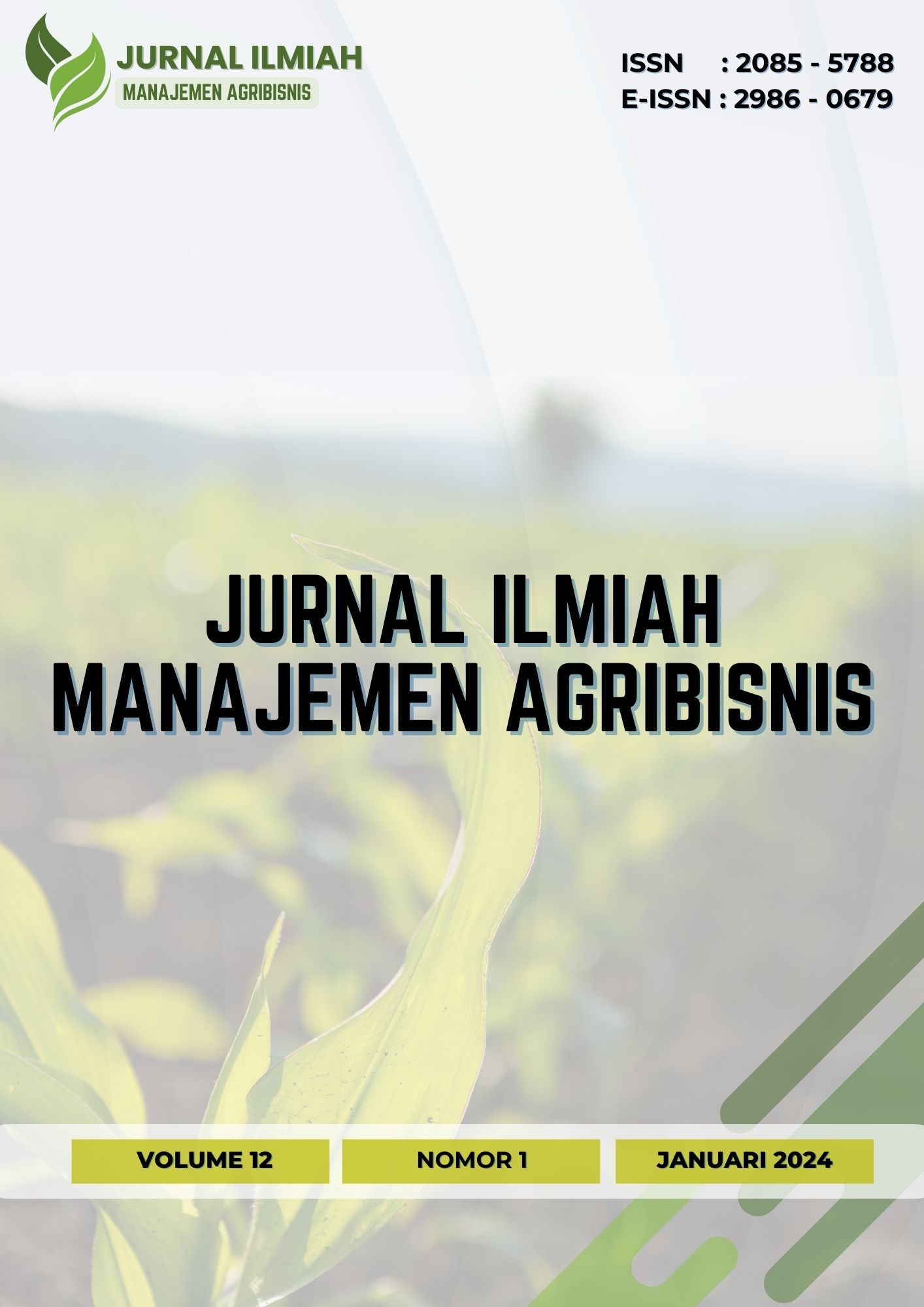Subsidi Pupuk: Kebijakan, Implementasi dan Peningkatan
Fertilizer Subsidies: Policy, Implementation, and Improvement
DOI:
https://doi.org/10.33005/jimaemagri.v12i1.24Keywords:
policy, implementation, improvementAbstract
Fertilizer subsidy policy is one of the policies that has historically been the main focus of agricultural subsidy policy in Indonesia. This paper aims to examine the policy and implementation of fertilizer subsidies and provide suggestions on how to optimize the use of subsidized fertilizers effectively and efficiently. The method used in this paper is a literature review. Fertilizer subsidies help farmers reduce production costs in providing fertilizers. The amount of subsidy allocation is adjusted to the proposed needs, but in reality it does not match the planned fertilizer needs that are proposed. Therefore, it is necessary to evaluate the distribution of fertilizers to farmers. The implementation of fertilizer subsidy policies in Indonesia has been carried out comprehensively starting from planning, setting the highest retail price, the amount of subsidies, and the fertilizer distribution system. However, this policy has not been able to guarantee the availability of sufficient fertilizer at the farm level. The concept of monitoring or supervising the distribution of subsidized fertilizers is still partial, because the planning, procurement, and distribution stages are still monitored separately. Meanwhile, the performance of the Fertilizer and Pesticide Control Commission (KPPP/KP3) and the Fertilizer and Pesticide Control Commission (CP3) has not been optimal and needs to be improved.











